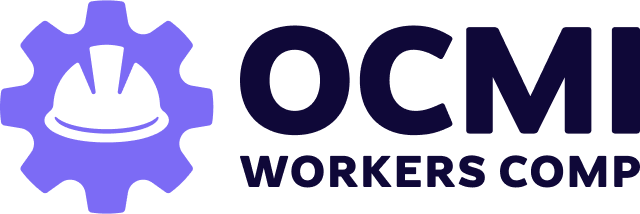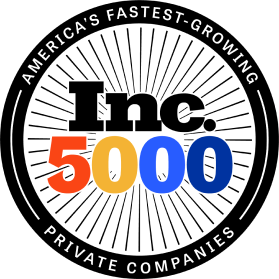Choosing the right workers’ comp coverage options is a critical step for any business. Whether you are a small startup or a growing company with expanding operations, your workers’ compensation program impacts your financial health, legal compliance, and employee satisfaction. Today, employers can choose from three primary models: traditional workers’ comp insurance, self-insured workers’ comp, and PEO workers’ comp. Understanding the benefits and challenges of each option is key to making the right decision.
This guide will help you compare options and determine which approach aligns best with your business goals.
Traditional Workers’ Comp Insurance
The most common model is traditional workers’ comp insurance, purchased from a licensed insurance carrier. Premiums are based on estimated payroll, with audits conducted at the end of the policy term to reconcile differences between estimated and actual payroll.
Pros:
- Familiar structure for most businesses
- Offers predictable processes
- Simple to purchase and set up
Cons:
- Large upfront premiums may strain cash flow
- Audits can result in unexpected charges
- Limited flexibility for growing businesses
Traditional coverage is suitable for companies with predictable operations and no desire to manage risk internally.
Self-Insured Workers’ Comp
Self-insured workers’ comp allows businesses to take on the financial responsibility for workplace injuries. Instead of paying premiums, employers set aside funds to cover claims.
Pros:
- Potential cost savings with low claims frequency
- Full control over claims management
- Customized risk management programs
Cons:
- High financial exposure if claims rise
- Requires strong internal claims expertise
- May need regulatory approval depending on your state
This option is best suited for large, financially stable businesses that can absorb potential losses.
PEO Workers’ Comp
With PEO workers comp, companies partner with a Professional Employer Organization that provides coverage as part of a bundled service, including payroll, HR, and compliance. Premiums are calculated per pay cycle, based on real-time payroll.
Pros:
- No large deposits or year-end audit surprises
- Access to group-rated insurance plans
- Simplified administration and compliance
Cons:
- Less control over carrier selection
- Must rely on the PEO’s performance and systems
This model is perfect for businesses that want convenience, flexibility, and expert support in managing their workers’ compensation.
How OCMI Workers’ Comp Can Help
At OCMI Workers’ Comp, we guide employers through selecting the best coverage. We help you with your workers’ comp cost comparison options side by side and offer tailored solutions based on your industry and workforce needs. Our team specializes in helping businesses access affordable, compliant coverage without unnecessary complexity.
We work with startups, contractors, and established businesses to find a fit-for-purpose plan that delivers value and peace of mind.
Choose Smarter with Confidence
When it comes to workers’ comp coverage options, there is no one-size-fits-all answer. Your ideal solution depends on your budget, growth plans, and risk appetite. With OCMI’s expertise, you gain a trusted partner to help you make the right call.
Not sure which coverage fits your needs? Call us to compare your options and secure affordable workers’ comp coverage.










